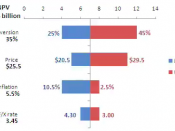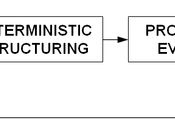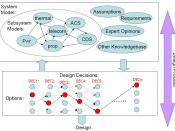Making decisions is one of the most difficult and important tasks of a manager. Making valuable decisions not only impacts the success of the manager, but of the company as a whole. Several decision-making techniques have been developed to help individuals and organizations make the most efficient decisions possible. I have chosen to discuss Professor Hossein Arsham's (2006), Tools for decision analysis: analysis of risky decisions. He uses a step-by-step approach to make effective, significant decisions.
Dr. Arsham's theory suggests that decisions be made by estimating the utility and probability, the variety of options, and also arranging strategies for good decisions. A six-step procedure can be used to make the most out of a decision. The six steps include: identifying the decision situation and understanding the objectives, identifying alternatives, decomposing and modeling the problem, choosing the best alternative, performing a sensitivity analysis, and implementing the chosen alternative. Once the decision maker has completed the sensitivity analysis, he or she must determine whether further analysis is needed.
If it is, then steps one through three may be repeated before moving to the final step: implementing the chosen alternative.
The first step to making a successful decision is identifying the decision situation and understanding the objectives. Every decision needs a purpose. The decision maker should ask: what is exactly the problem to be solved? and why should it be solved? By setting clear objectives it is much easier to create a decision model that will correspond to completing the set objectives. Since humans can best understand, compare, and manipulate numbers, creating a model structure and assigning probabilities and values will fill the model for computation.
The second step is to identify alternative solutions. It is difficult to compare and contrast several courses of action and narrow the field to just one action...


